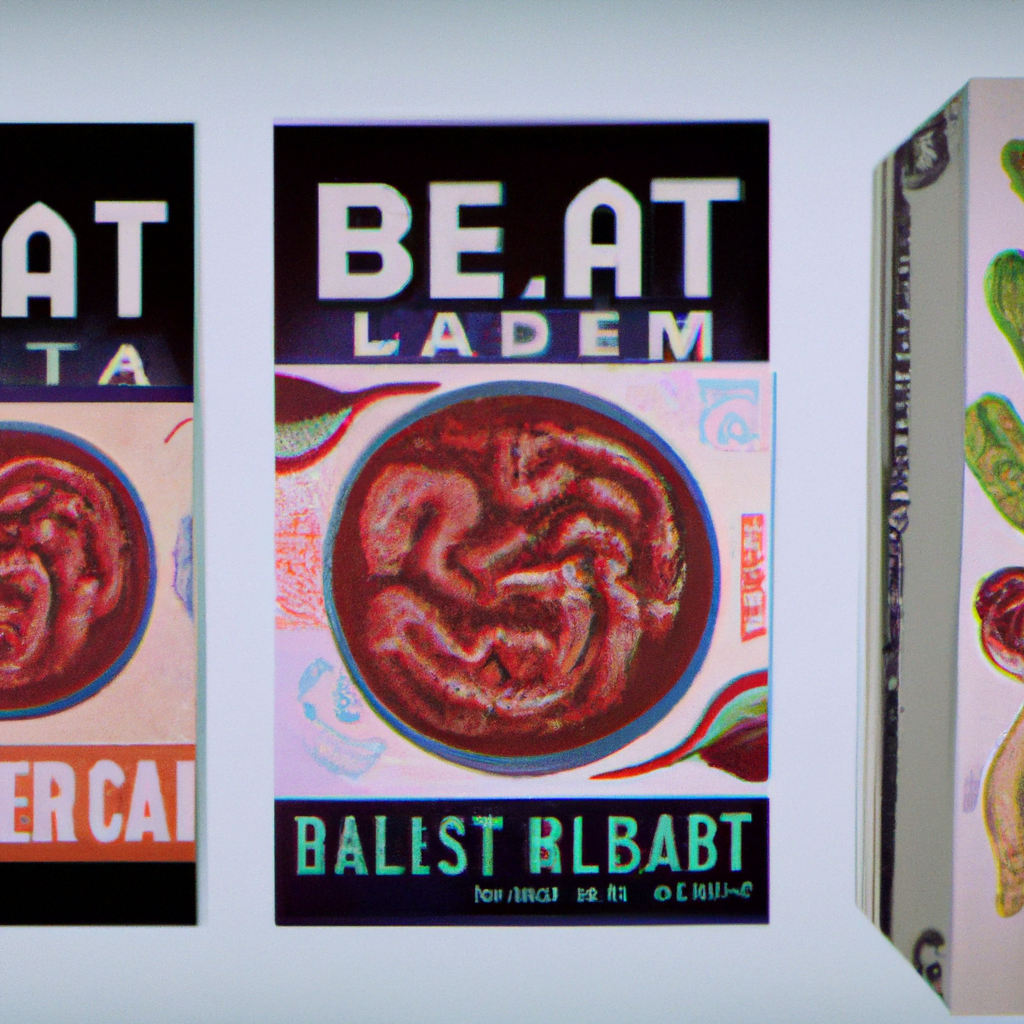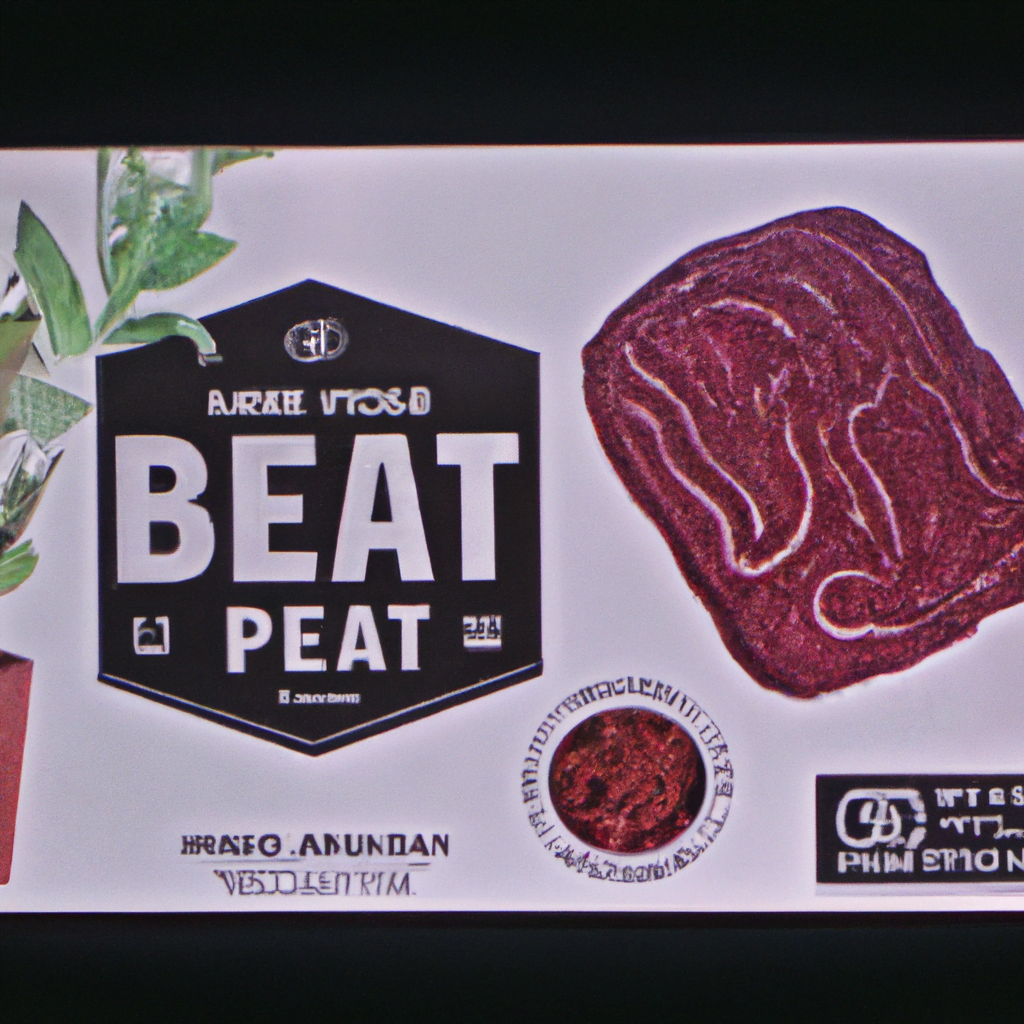
Package Design for Plant-Based Meats and Alternatives

Introduction
The plant-based meat industry has been growing rapidly in recent years, with more and more consumers opting for meat alternatives due to health, environmental, and ethical concerns. As a result, the demand for plant-based meat products has increased, and so has the need for effective package design that can attract and retain customers. In this article, we will explore the importance of package design for plant-based meats and alternatives, and provide insights into how companies can create packaging that stands out in a crowded market.
The Importance of Package Design
Package design plays a crucial role in the success of any product, and plant-based meats and alternatives are no exception. The packaging is the first thing that consumers see when they encounter a product, and it can make or break their decision to purchase it. Effective package design can help companies differentiate their products from competitors, communicate key information to consumers, and create a memorable brand identity.
Differentiation
In a crowded market, it can be challenging for companies to stand out from the competition. Effective package design can help companies differentiate their products from others on the shelf. For example, Beyond Meat’s packaging features a bright green color scheme and bold typography that stands out from traditional meat packaging. This design choice helps the product catch the eye of consumers and communicate that it is a plant-based alternative.
Communication
Package design can also help companies communicate key information to consumers. For example, the packaging can highlight the nutritional benefits of the product, such as its high protein content or low fat content. It can also communicate any dietary restrictions, such as gluten-free or vegan. This information can help consumers make informed decisions about what they are purchasing and whether it aligns with their dietary needs and preferences.
Brand Identity
Effective package design can also help companies create a memorable brand identity. The packaging can feature a unique color scheme, typography, or imagery that sets the product apart from others on the shelf. For example, Impossible Foods’ packaging features a bold red color scheme and a distinctive logo that helps the product stand out and creates a memorable brand identity.
Design Considerations for Plant-Based Meat Packaging
When designing packaging for plant-based meats and alternatives, there are several key considerations that companies should keep in mind.
Environmental Impact
One of the main reasons that consumers choose plant-based meat alternatives is due to environmental concerns. As such, it is important for companies to consider the environmental impact of their packaging. This can include using sustainable materials, such as recycled paper or biodegradable plastics, and minimizing the amount of packaging used.
Transparency
Consumers are increasingly interested in knowing where their food comes from and how it is produced. As such, it is important for companies to be transparent about their ingredients and production methods. This can be communicated through the packaging, which can feature information about the sourcing of ingredients and the production process.
Visual Appeal
Effective package design should also be visually appealing and eye-catching. This can be achieved through the use of bold colors, typography, and imagery that stands out on the shelf. For example, Tofurky’s packaging features a bright yellow color scheme and playful illustrations that help the product stand out and create a memorable brand identity.
Case Studies
Several companies have successfully created effective package design for their plant-based meat and alternative products. Let’s take a look at some examples.
Beyond Meat
Beyond Meat’s packaging features a bright green color scheme and bold typography that stands out from traditional meat packaging. The packaging also prominently features the Beyond Meat logo, which helps create a memorable brand identity. The packaging communicates key information about the product, including its high protein content and vegan certification.
Impossible Foods
Impossible Foods’ packaging features a bold red color scheme and a distinctive logo that helps the product stand out on the shelf. The packaging also prominently features the “100% plant-based” claim, which communicates the product’s vegan credentials. The packaging also includes information about the product’s nutritional benefits, including its high protein content and low fat content.
Tofurky
Tofurky’s packaging features a bright yellow color scheme and playful illustrations that help the product stand out on the shelf. The packaging also prominently features the Tofurky logo, which helps create a memorable brand identity. The packaging communicates key information about the product, including its vegan certification and the fact that it is made with non-GMO soybeans.
Conclusion
Effective package design is crucial for the success of plant-based meat and alternative products. The packaging can help companies differentiate their products from competitors, communicate key information to consumers, and create a memorable brand identity. When designing packaging for plant-based meats and alternatives, companies should consider the environmental impact of their packaging, be transparent about their ingredients and production methods, and create visually appealing designs that stand out on the shelf. By following these guidelines, companies can create packaging that attracts and retains customers and helps their products succeed in a crowded market.
